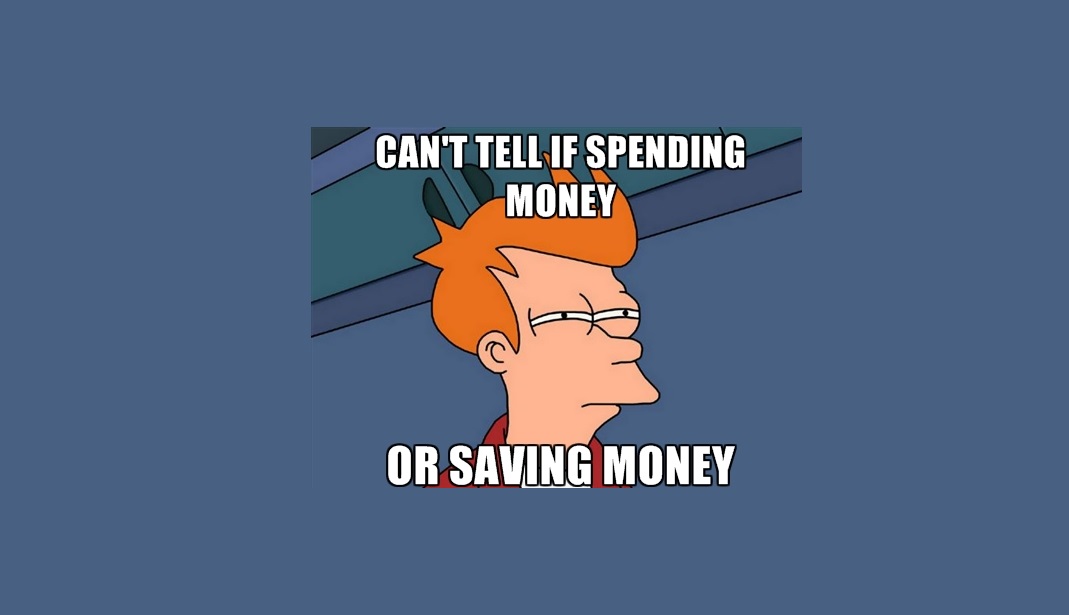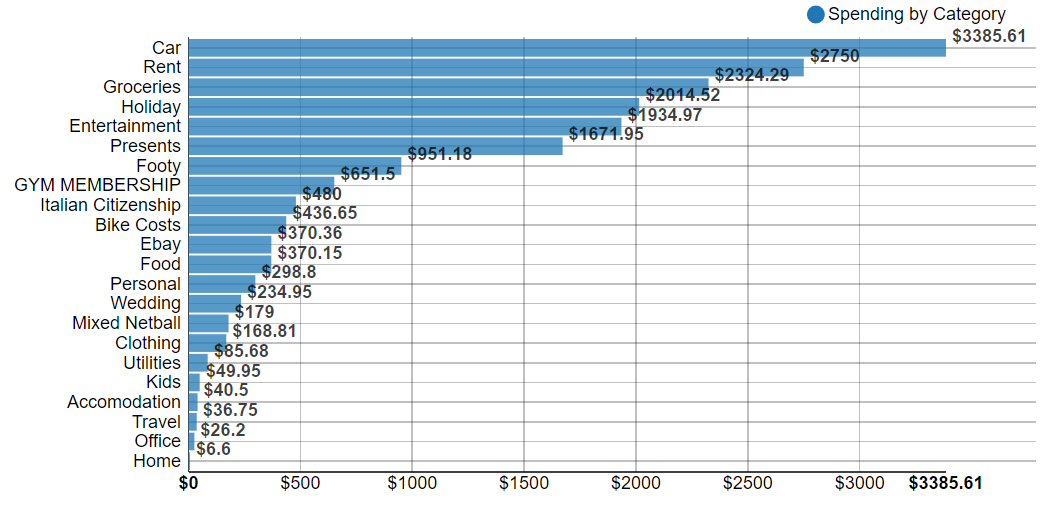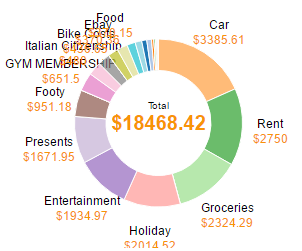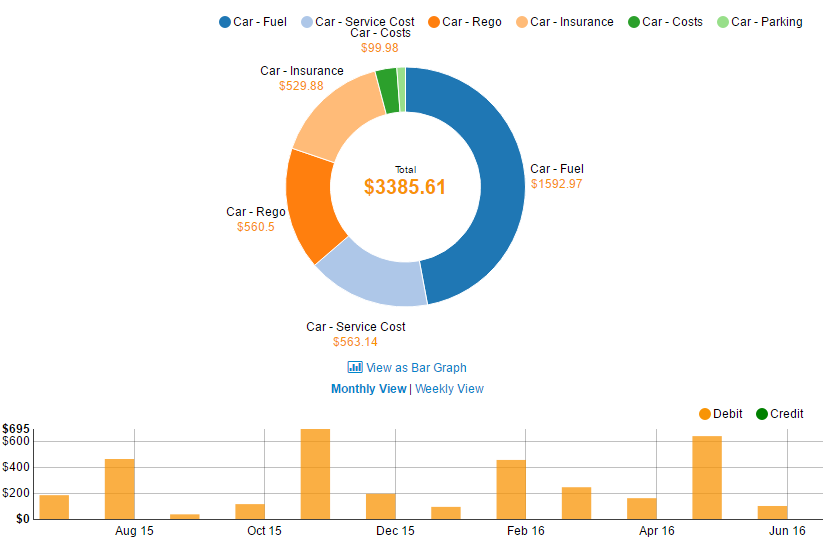
My Savings Rate 15/16
Lets talk savings rate for a second. It is in my opinion THE most important factor to FI (financial independence) and determines a lot of things like:
- Whether you actually reach FI
- How long it will take you to reach FI
- Gives you a clear indication as to what your FI number is
It’s really the foundation for the concept of financial independence retire early (FIRE) which is what this entire blog is about.
There are only three things you need to do in order to become extremely wealthy:
- Spend less than you earn
- Invest the rest
- Wait
The very first step in becoming rich enough to retire early is to save your money. The second step is what gets most of the limelight and chatter.
Investing.
But don’t get it twisted. You won’t EVER invest your way to FI if you don’t spend less than what you earn, because that’s… you know…impossible.
And finally the third step is the time you have to let compounding interest dominate for you.
There could be an argument made for the amount of time you have as the most important factor but it’s kinda out of your control as in you 1. don’t know how much time you have (could die tomorrow) and 2. Can’t change it even if you knew you had X amount of years left. You have a lot more control over whether you spend less than you earn.
Savings Rate For Last Financial Year
Let me cut to the chase.
My savings rate for last financial year was…
74.39%
Last financial year I made $72,105.04 (after tax) and spent $18,468.42.
One of my top ten tips (LINK TO TIPS) I suggest to people trying to save money is always, always track your spending.
As the old saying goes ‘A goal without a plan is just a wish’.
You cannot set a plan of attack without knowing exactly how much you spend. You know roughly what your income is going to be, you then need to plan for the amount you want to spend each year to achieve your goal of whatever spending rate you choose.
Breakdown Of Spending
There are two ways you can track your spending:
- The hardcore way = manually inputting ever transaction into an Excel spreadsheet
- The easy way = Using an online service that feeds into you bank account (something like pocketbook)
I use the easy way but there is absolutely no problems using the hardcore method.
Let’s have a look at where my cash went last year
Below is the same data but represented in a pie chart.
One of my favorite features of Pocketbook is its ability to create sub categories. My biggest expense is my car for example. I spent a total of $3,385.61 dollars on it last FY. But that’s a little vague isn’t it. Luckily I recorded sub categories for it and can dig deeper into the overall ‘car’ category to see it.
Pretty cool huh.
The software lets you see where the costs came from and even what months you spent the most amount on. The above are screenshots only, but this graph is actually interactive which is pretty cool because you can un-select multiple sub categories from above and the pie will change and you will see the spending per month change on the fly. This sort of stuff really excites my inner finance geek (what a sad existence I live lol)
Before You Ask
There are a lot of things missing or not quite right with my above spending, so before anyone points it out let me set the record straight!
- I only moved out of home at the start of this year hence why my rent is quiet low and overall expenses
- Everything above is only my income and expenses. I do however pay for me and my partner some times (like for dinners and what not) but she also pays for things too so it’s hard to keep track of that. We have not yet joined finances
- My rent ($110 a week) covered gas, electricity , internet, and water. This was a room share deal in the county (cheap as chips)
- I don’t pay a phone bill…sorta. I pay the minimum which is around $20 bucks I think, every six months so I can keep my number from Telstra, this small expense falls under utilities. This means a don’t have credit and can’t call people when I’m out and about. It usually blows people minds when I tell them I don’t pay for credit and am not on a plan. But with the availability of open wifi’s increasing, it is my opinion that we will see less and less people buy cellular data/credit unless they’re in a remote area. Nearly all calls and messaging will be done through the internet in the future
- I have not included the costs (or incomes) of my investments
- I have not included my accounting fees because they are a deductible expenses associated with my investments. In the end I plan to transition completely to index funds and will be doing the accounting myself. Anything investment wise I keep off because I would then need to include the income generated by those investments to be fair and that would get tricky
- Costs associated with this blog are not included
- Going out to eat as an activity fall under ‘Entertainment’, food is where we had to eat somewhere but not as an activity (like at a petrol station) and groceries are anything bought at the supermarket
- I group ‘Holidays’ as one big expense and than create sub categories for each holiday. Anything that is spent on the holiday falls under that sub category holiday. If we buy groceries during a holiday, it will be categorizes as the holiday and not as groceries. Gives me a better indication about how much the holiday costs me
- ‘Presents’ covers gift to myself and others (Christmas, Fathers day, Valentines day etc.)
- ‘Personal’ covers health related things like physio, dentist, ambulance insurance etc.
- And no I don’t have any kids. The one expense for ‘Kids’ is because I recently became an Uncle
How Do You Compare?
I like to compare the savings rate to the nutrition for a professional bodybuilder. Some people say that Bodybuilding is 80% nutrition and only 20% the other stuff (training and sleep). You can’t out exercise a bad diet. Period.
You can train the house down 6 hours a day 7 days a week, but if you’re not fueling your body with the right amounts nutrients it needs to function and repair itself then you’re not going to see results.
This is the same for those striving for FIRE. A healthy savings rate enables you to invest capital. The better the savings rate, the better the results are going to be.
It’s a rookie mistake among first time gym goers. They concentrate so hard on their routine and make sure they put a solid 2 hours in, only to swing by McDonald’s on the way home from the gym thinking they have improved their health.
You would have been better off simply eating a healthy meal and NOT going to the gym!
Optimism your savings rate first, and then concentrate on the investing part.
A dollar saved is a dollar earned. Where as a dollar made isn’t really a dollar, it’s more like 0.70c because of tax. Think about that for a moment.
I would love to know what your savings rate looks like. Have you optimized your expenses so much that my measly 74% savings rate pales in comparison? Maybe this was an eye opener and now you have something to aim for?
Thoughts, feelings and emotions in the comment section below.







